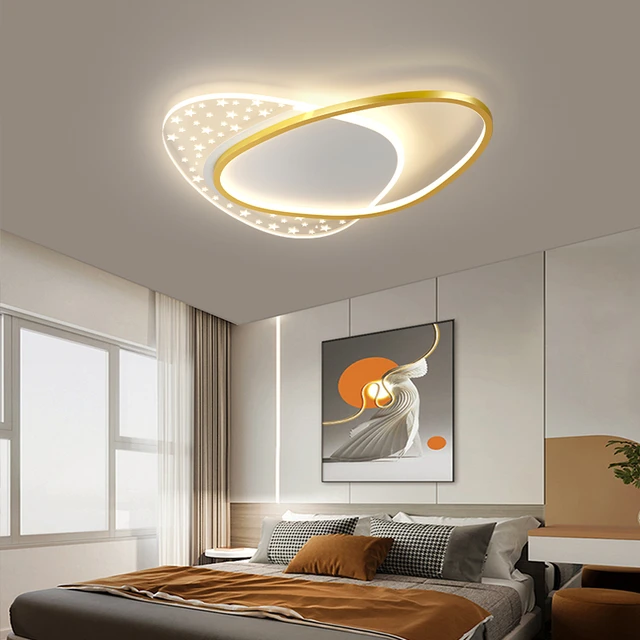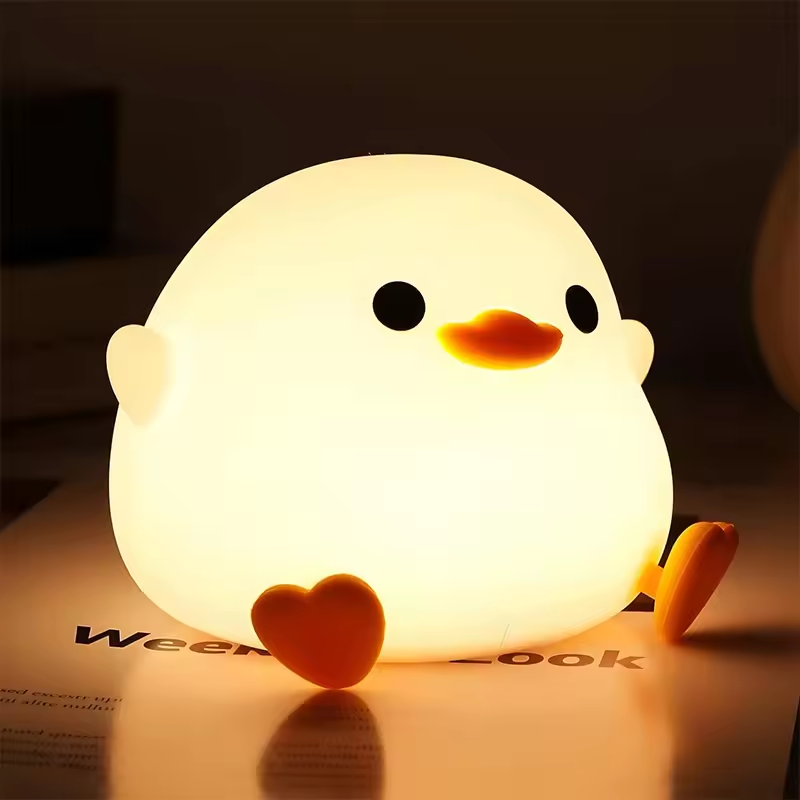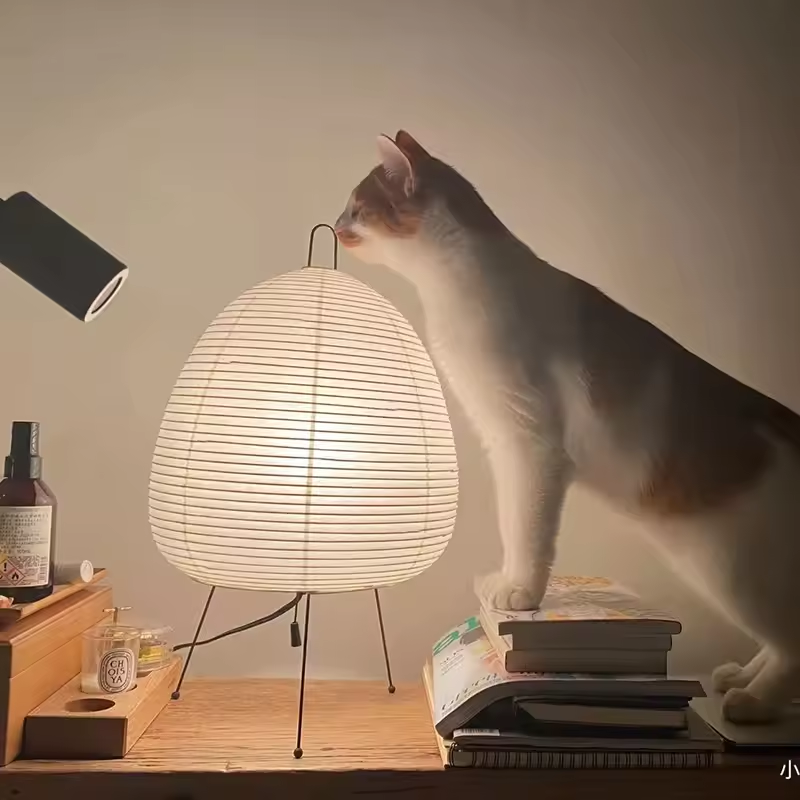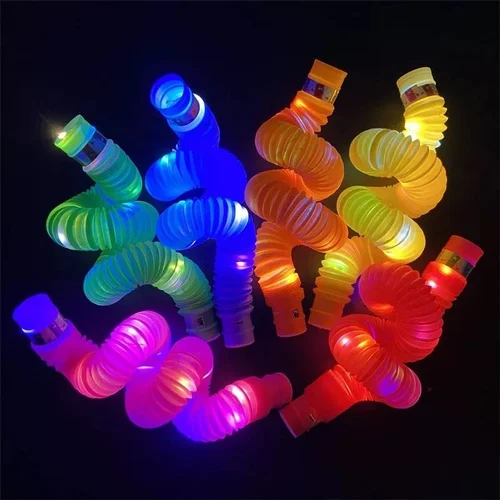 Introduction:
Introduction:
When it comes to lighting, the choice between traditional incandescent bulbs and LED (Light Emitting Diode) lights is a common dilemma for many consumers. Incandescent bulbs have been the standard lighting option for decades, while LED lights have gained immense popularity over recent years. In this comprehensive guide, we will compare incandescent light bulbs and LED lights based on various factors. By understanding the differences in energy efficiency, lifespan, environmental impact, and light quality, readers can make an informed decision about which lighting option best suits their needs.
 Main materials used in the construction of LEDs:
Main materials used in the construction of LEDs:
LEDs (Light Emitting Diodes) are made up of several materials that work together to emit light efficiently. The main materials used in the construction of LEDs are:
Semiconductor Chip:
The heart of an LED is a semiconductor chip, typically made of a material called gallium arsenide (GaAs) or gallium nitride (GaN). These semiconductors have specific electrical properties that allow them to emit light when an electrical current passes through them.
Substrate:
The semiconductor chip is mounted onto a substrate, which acts as a base and provides mechanical support. Common substrate materials include sapphire, silicon, and ceramic substrates.
Die Attach Material:
The semiconductor chip is bonded to the substrate using a die attach material, usually a conducting or thermally conductive epoxy or solder. This material helps secure the chip and allows for efficient heat dissipation.
Wire Bonds:
Thin wires, typically made of gold or aluminum, are used to connect the semiconductor chip to the external leads of the LED package. These wire bonds provide electrical connectivity and support transmission of electrical current to the chip.
Encapsulant:
LEDs are encapsulated to protect the delicate chip and wire bonds from environmental factors, such as moisture and dust. The encapsulant is usually a clear epoxy or silicone material that also helps to enhance the light transmission efficiency.
Reflector Cup or Lens:
Some LEDs feature a reflector cup or lens to direct and focus the emitted light. These components can be made of materials like plastic or glass and help control the light output pattern of the LED.
Electrical Leads:
Electrical leads or pins allow for connection of the LED to a power source. These leads are often made of metal, such as copper or nickel-plated copper, and are designed to facilitate easy soldering or connection to an LED circuit board.
The specific materials used in LED manufacturing may vary depending on the application and manufacturer. These materials work together to create efficient and long-lasting light emission in LEDs.
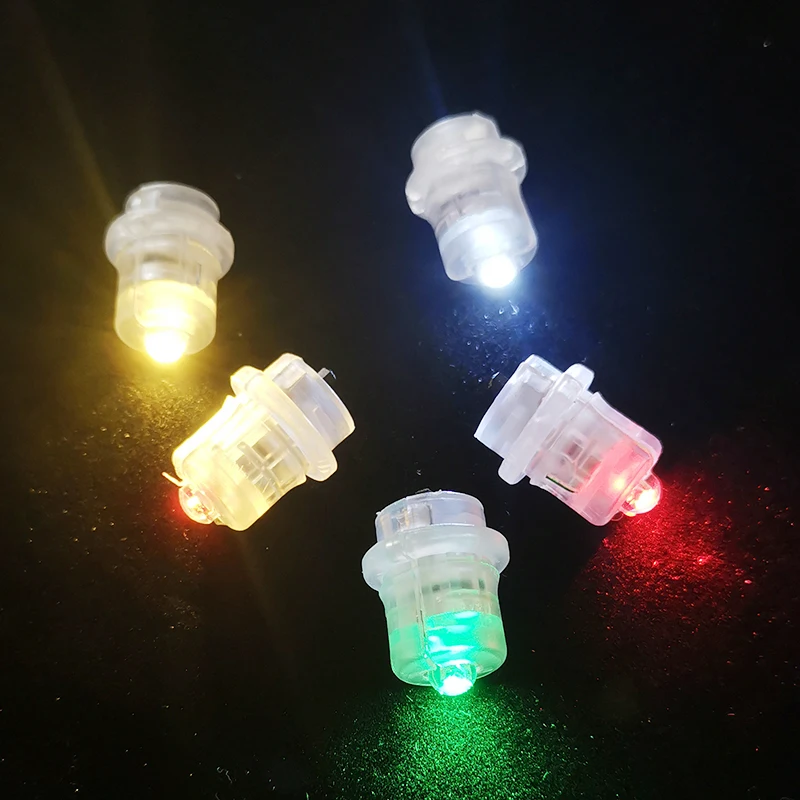 Introduction to Incandescent Light and LED
Introduction to Incandescent Light and LED
Incandescent Light Bulbs: Incandescent bulbs produce light through the heating of a wire filament.
LED Lights: LED lights operate by passing an electrical current through a semiconductor material, creating light through electroluminescence.
Energy Efficiency
Incandescent Light Bulbs: Incandescent bulbs are highly inefficient, as they convert a significant portion of energy into heat rather than light.
LED Lights: LED lights are energy-efficient, as they convert most of the energy into light, resulting in less wasted heat.
Lifespan
Incandescent Light Bulbs: Incandescent bulbs have a relatively short lifespan, typically lasting around 1,000 hours.
LED Lights: LED lights have an exceptionally long lifespan, ranging from 25,000 to 50,000 hours or more.
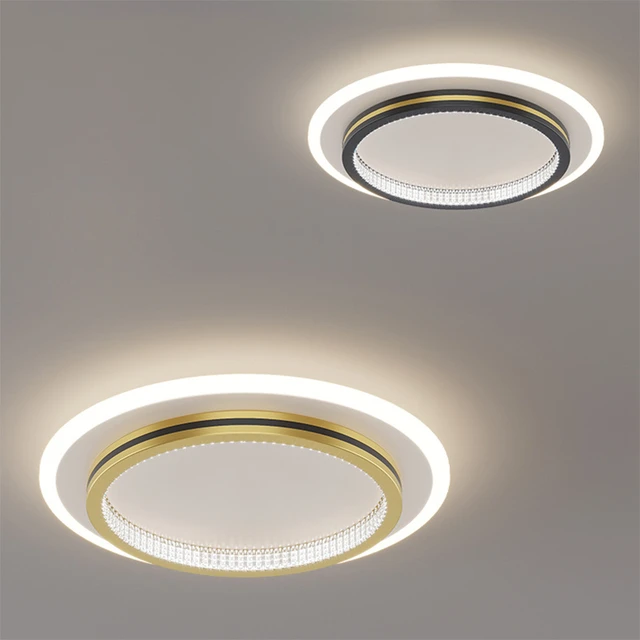 Environmental Impact
Environmental Impact
Incandescent Light Bulbs: Incandescent bulbs are less environmentally friendly due to their higher energy consumption and shorter lifespan.
LED Lights: LED lights have a lower environmental impact as they consume less energy, produce less heat, and last significantly longer.
Energy Efficiency Comparison
Incandescent Light Bulbs: Incandescent bulbs are up to 90% less energy-efficient compared to LED lights.
LED Lights: LED lights are highly energy-efficient, consuming up to 80% less energy than incandescent bulbs while providing the same amount of light.
Cost Considerations
Incandescent Light Bulbs: Incandescent bulbs are relatively inexpensive to purchase initially but have higher operational costs due to their higher energy consumption and shorter lifespan.
LED Lights: LED lights are more expensive upfront but offer significant long-term cost savings due to their energy efficiency and longevity.
Light Quality
Incandescent Light Bulbs: Incandescent bulbs produce a warm and soft light, often favored for its familiar and cozy ambience.
LED Lights: LED lights can produce a range of light colors and temperatures, offering more versatility in lighting design.
Instant Lighting
Incandescent Light Bulbs: Incandescent bulbs provide instant illumination upon turning on.
LED Lights: LED lights also provide instant illumination, eliminating the need for warm-up time.
Dimming Capabilities
Incandescent Light Bulbs: Incandescent bulbs are compatible with traditional dimmer switches, allowing easy control of brightness.
LED Lights: Not all LED lights are compatible with traditional dimmer switches, so ensure compatibility when using dimming capabilities.
Heat Emission
Incandescent Light Bulbs: Incandescent bulbs emit a significant amount of heat, which can contribute to higher cooling costs in warm climates.
LED Lights: LED lights produce considerably less heat, making them safer and more efficient in terms of energy usage.
Trend and the decline in popularity of incandescent lights:
In recent years, the popularity of incandescent lights has declined due to several factors. However, it’s worth mentioning the current trend towards more energy-efficient alternatives in lighting. Here’s a summary of the trend and the decline in popularity of incandescent lights:
Energy Efficiency Concerns:
Incandescent lights are known for their poor energy efficiency. They convert a significant portion of energy into heat rather than light, resulting in wastage of energy. This has led to a shift towards more energy-efficient alternatives such as LED and CFL lights, which offer higher lumens per watt and reduce energy consumption.
Environmental Impact:
The environmental impact of incandescent lights has played a role in their decreasing popularity. Incandescent bulbs typically contain filaments made from tungsten, a non-renewable resource. Additionally, their higher energy consumption contributes to increased greenhouse gas emissions from power plants. This has prompted a focus on greener lighting solutions that minimize carbon footprints.
Government Regulations:
Many countries have implemented regulations and phased-out plans to restrict or ban incandescent lights due to their energy inefficiency. These regulations aim to promote the use of more eco-friendly alternatives and reduce energy consumption. The phasing out of incandescent lights has further accelerated the shift towards more efficient lighting technologies.
Technological Advancements:
Continual advancements in LED and CFL technologies have resulted in more affordable and accessible alternatives to incandescent lights. LED and CFL lights now offer improved light quality, longer lifespan, and greater energy efficiency, making them more appealing options for consumers.
While incandescent lights have faced a decline in popularity, they are still used in some specific applications where their unique characteristics are desired. However, for general lighting purposes, the trend has shifted towards more energy-efficient options like LED and CFL lights, which provide cost savings, environmental benefits, and improved lighting performance.
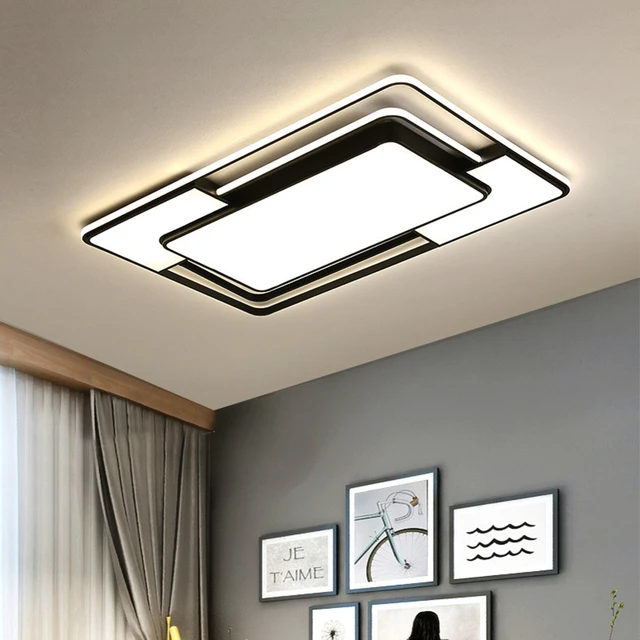 Conclusion
Conclusion
When comparing incandescent light bulbs and LED lights, it is clear that LED lights offer superior energy efficiency, longer lifespan, lower environmental impact, and more versatile lighting options. While incandescent bulbs are less expensive upfront and provide a warm and familiar light, their inefficiency and short lifespan make them less viable in the long run. LED lights, though more expensive initially, offer significant cost savings, extensive lifespan, and reduced energy consumption. Ultimately, the choice between incandescent lights and LEDs depends on individual preferences, budgetary constraints, and lighting needs. By considering the comparative factors discussed in this guide, consumers can make an informed decision that aligns with their priorities and contributes to sustainable and cost-effective lighting solutions.
